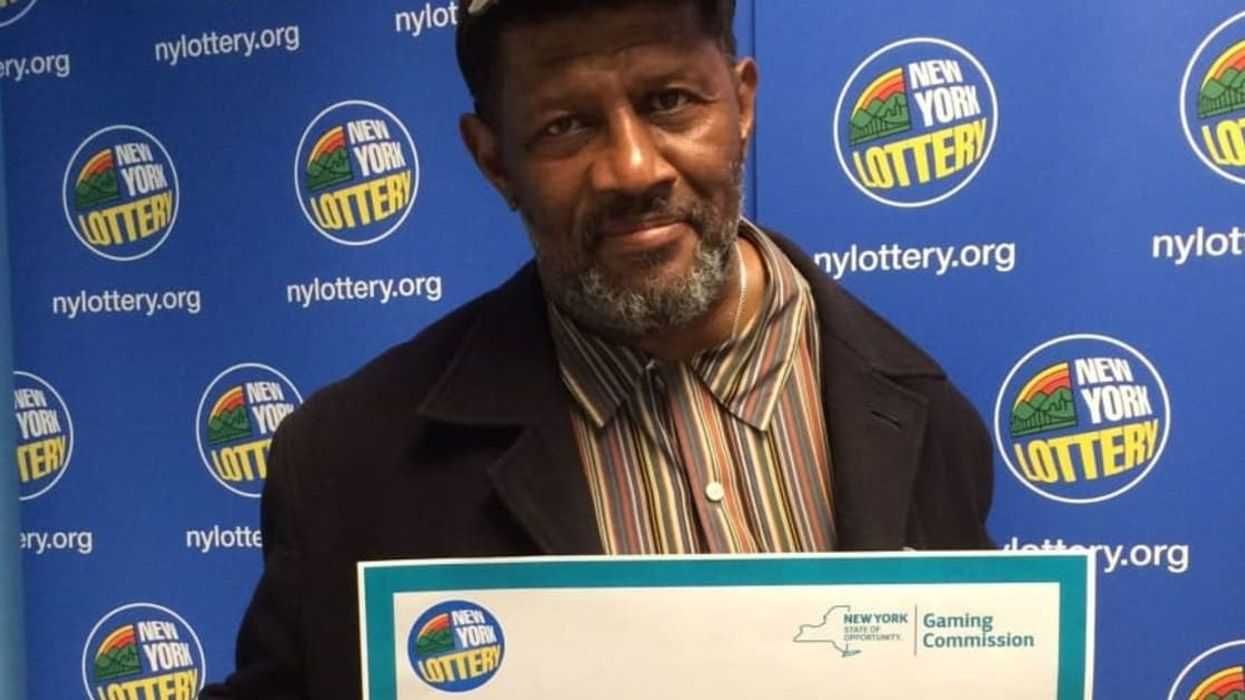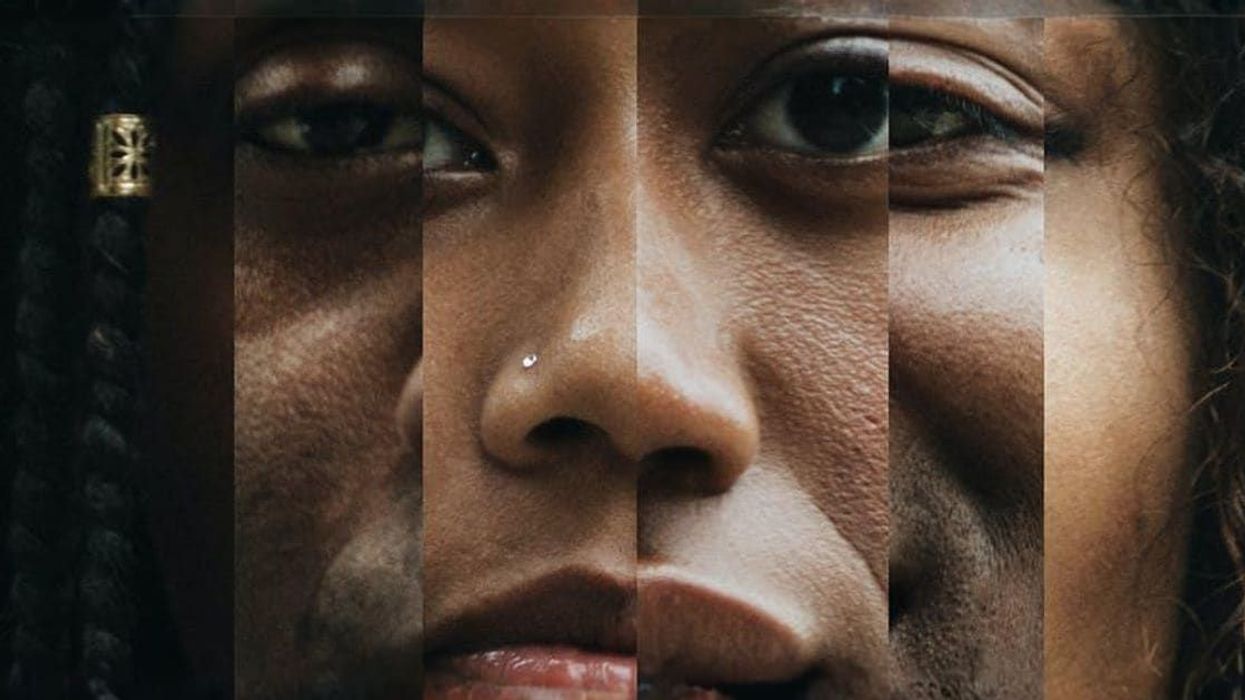Tunnel Jungle submitted by Das SIT Deutschland team, Julia Butter
This content is brought to you by GOOD, with the support of the BMW Guggenheim Lab
This summer, GOOD and the BMW Guggenheim Lab teamed up to announce the project Transform a Public Place, a call for ideas on how to make a public space in your city more comfortable. Ideas will be reviewed by Maria Nicanor, curator of the BMW Guggenheim Lab, a mobile laboratory bringing together new ideas for improving urban life. The ideas selected by Nicanor will be featured in a special post on GOOD and also on the BMW Guggenheim Lab websites and other social media.
The project closed on Tuesday, July 17 and we've received many submissions with fascinating, groundbreaking and quirky ideas from all over the world. While we're still going through them to highlight our favorites, we wanted to share a sneak peek at some of the innovative ideas we've received so far. See some of the other submissions here. Be sure to check back with us as we share more ideas and Nicanor's top picks.
Idea: Urban Webb
Submitted by: Megan Fullagar, Montgomery Wilkinson, Gaines Solomon, Amanda Sengstacken, Waldo Mariscal, Chia Chou and Mrunalini Kulkarni under the direction of Architecture for Humanity New York
The Urban Web, under the Manhattan Bridge, will transform an underused portion of the Coleman Oval Skatepark on Manhattan's Lower East Side, into a multi-sensory interactive installation. The inspirations for web's iconic design were influenced by the dynamic cable geometries of the Manhattan Bridge, as well as the chaotic street grid that forms the Lower East Side. It is our passion for humanitarian design that inspired us to take a minimally invasive approach in using ropes to create unique volumes and intriguing spaces to be enjoyed by all. While the web compliments the adjacent skate park, it also functions on its own to be used for street performances, or just to frame an urban room.
Idea: Tunnel Jungle
Submitted by: Das SIT Deutschland team, Julia Butter
Subways for pedestrians are usually places that are very uncomfortable and people often even fear using them. There are several underpasses along the Altstadtring surrounding the city of Munich that share the same problem.
It is our aim to transform these subways into joyful places for people of all ages by turning them into an urban playground.
We will add several play items which allow to pass the tunnel in different ways. For example a flying fox, a climbing wall, balancing bars and a running track are installed. (Pictures from several cameras can be taken for free and the results and photos can be shared in social media. This will enhance competition and rise the dwell time. The cameras can of course be used for the surveillance too.)
In the special situation in Munich with several subways in the city along a circular road, a round tour with different tunnel topics would be conceivable e.g. as a rainy Sunday activity for families.
Idea: Cargo Beach
Submitted by: Laurie Eckardt
Seattle is re-imagining its public waterfront. With unobstructed views of the Olympic Mountains rising above Elliot Bay and Puget Sound, waterway recreation and commerce is quietly juxtaposed against a backdrop of stunning natural beauty. The waterfront also enjoys open views to the Port of Seattle, which, as the 6th largest U.S. Port, brought over 2 million cargo containers through our waters in 2011.
HATCHcollaborative envisions an iconic and whimsical re-purposed shipping container pier that provides public access to the water in a transformative and visceral way. We envision tiered platforms that combine rain gardens and sandy ‘beaches’ with solar picnic shelters and interactive signage that invite everyone to connect globalization (“This container traveled from Pusan, South Korea!”) with sustainability and water ecology stewardship (“Rain gardens reduce water pollution!”).
Idea: Education on the GO
Submitted by: Rumi Samadhan
This project will be executed in Dharavi, (Asia’s largest slums) Mumbai, India. Here, education is a way out of poverty. Thus learn the A,B,C, while frolicking. These are educational alphabetical tiles cemented on the ground with both regional languages and English for the young dharavi kids to learn while playing. Also sing along nursery song tiles / posters on the sides of the hut walls will provide the needed fun and education for the young ones. Some of the wall spaces could be utilized to colour and wipe on the large colouring boards. Poem tiles will give the young ones a song to sing in each by lane.
City Forward was produced with the BMW Guggenheim Lab, a mobile laboratory traveling around the world to inspire innovative ideas for urban life. It was open from June 15 through July 29, in Berlin, Germany. Sign up to receive the latest news and get involved. To get the latest news and updates on Twitter, follow @BMWGuggLab and join the conversation via #BGLab.
















 Otis knew before they did.
Otis knew before they did.